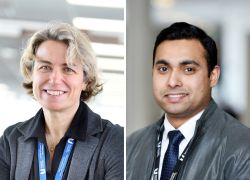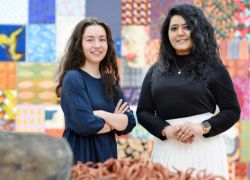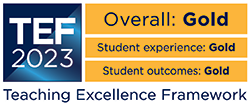New virtual radiography suite at Teesside
Radiography students at the University of Teesside are the first in the world to train using a virtual radiography room. The project, believed to be the first of its kind, will enable students to work in a computer assisted learning environment that accurately and safely simulates the conditions of an X-Ray room.
The Virtual Radiography suite made use of information from the United States National Library of Medicine, the world’s largest medical library and resource centre.
Philip Cosson, Senior Lecturer in Medical Imaging at the School of Health and Social Care, said: “Ionising radiation poses risks and it is only right that we do everything possible to ensure radiographers have the knowledge and the experience to protect their patients. This new virtual environment allows our students the opportunity to learn without putting themselves or patients at risk.
“We have brought the technology of 3D computer gaming to the area of medical imaging. At several stages the programmers have had to go back to the drawing board and start on a new approach. It has been very fulfilling, seeing the virtual radiography room being used by students this week.”
The software was developed over several years by students in the School of Computing on the MSc Computer Aided and Graphical Technology Applications (CAGTA) course which specialises in applications of computer graphics and computer games technologies.
Suresh Keswani, Principal Lecturer in Visualisation and course leader for CAGTA said: "Our collaboration with the School of Health has provided our students with a series of wonderful opportunities to use their skills to create innovative solutions to medical visualisation problems. It is not often that separate student projects done in successive years builds cumulatively into a ground-breaking product. The continuity provided by Phil Cosson in the School of Health & Social Care has ensured that this has been possible. Further projects, involving other types of visualisations of the Visual Human data set, such as the generation of ultrasound images, are being planned. The successes of our students will spawn a University-based start-up company to exploit this work commercially."
 Teesside University academics join prestigious network of
...
Teesside University academics join prestigious network of
... Curatorial studies culminating with international art
...
Curatorial studies culminating with international art
... Teesside animation graduates receive top regional Royal
...
Teesside animation graduates receive top regional Royal
...